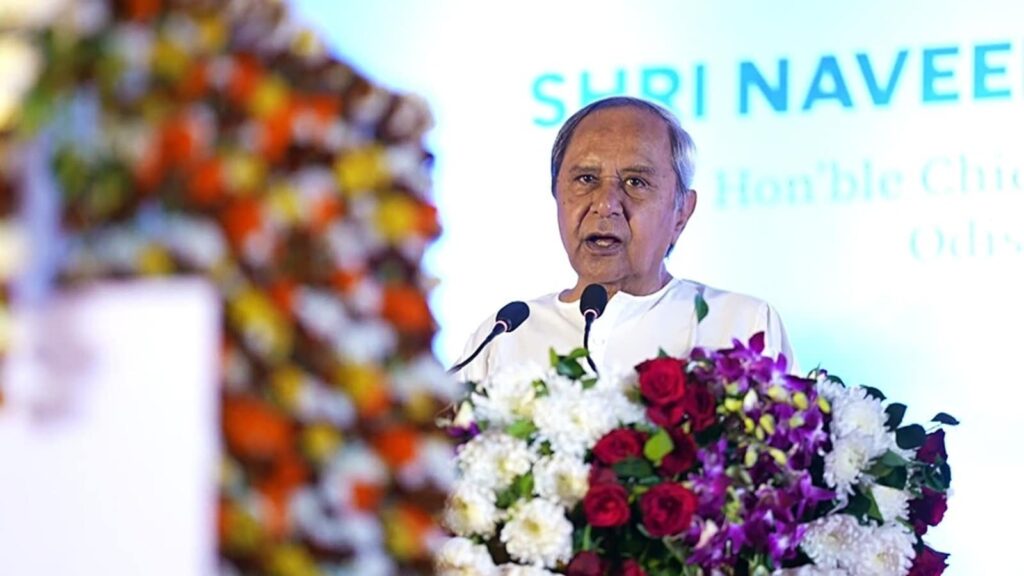It is no surprise that the Bharatiya Janata Party (BJP)-Biju Janata Dal (BJD) talks did not translate into an alliance, given the BJP’s vaulting ambitions and the internal contradictions that came up at the prospect of the two largest political parties in Odisha joining hands. The BJD, the dominant player in the state, has been standing with the BJP in Parliament, even helping the latter’s ministers get elected to the Rajya Sabha. This arrangement insulated the BJD’s interests from coming into the crosshairs of the Centre; however, it faced an electoral hurdle since both parties aspired to dominate Odisha’s electoral landscape. And the bonhomie among the top leaderships of the parties, clearly, had not percolated down to the cadres.
The BJD has been in office in Bhubaneswar since 2000 while the BJP has been expanding fast in Odisha: In 2019, it won eight Lok Sabha seats, up from one in 2014, and replaced the Congress as the primary Opposition party in the state. The BJP’s internal survey reportedly suggests that politics in Odisha has reached a tipping point, which could pivot the party to pole position. If the seat talks still lingered on, it was because the BJP central leadership was keen to increase its LS tally even if it meant ceding space in Bhubaneswar — the party had reportedly sought 14 of the 21 Lok Sabha seats.
Data from 2019 elections suggest a BJP-BJD seat deal could have led to a clean sweep in both elections: The two parties fought separately and had a combined vote share of 81.1% and 77.2% in the parliamentary and assembly elections, respectively, in the state. The absence of a deal will now spice up the contest in Odisha.

